As Ashli Solitro tucked in her 9-year-old son, Joey, one night during vacation, they settled into their usual bedtime routine.
She scratched his head and started to hum his favorite song.
When she felt an egg-sized lump on the back of his head, she stopped.
“I asked him if he had bumped his head somehow or if it hurt,” Ashli said. “He said no.”
She made a mental note. But they were on a family vacation in Florida, so she chalked it up to some small mishap. As a mother of four, she knew plenty about childhood bumps and bruises.
“Joey’s an active, healthy kid,” she said. “I didn’t overthink it.”
A week later, back home in Holt, Michigan, she felt for the lump again. Still there.
She decided to take Joey to the family physician the next day—Friday, March 11.
The doctor felt the lump.
“She said she’d never seen anything quite like it,” Ashli said. “And that she could feel a pulse in it, which meant it had blood vessels in it. She was concerned that it could be an aneurysm.”
An aneurysm—a weakening of an artery wall that causes it to bulge—can be deadly.
The word sent a chill through Ashli.
The doctor sent the Solitros for an ultrasound at a Lansing hospital. While they waited, Ashli reached out to friends, family and their church community, asking for prayers. She wanted quick answers.
Instead, she came up with more questions—and a crash course in the vocabulary of heart concerns and neuro medicine.
The doctor ordered not an MRI but an MRA, or magnetic resonance angiography. It focuses more on blood vessels than the tissue surrounding them.
The test came just after 9 p.m. It required Joey to lie still in the tube.
“Up until now, Joey had been doing fine,” she said. “But he was beginning to realize that this was serious and they had to do a few takes. Inside, I was in full freak-out mode—and he started to be scared.
“Finally, he said, ‘Is this bad, Mom?’ And I didn’t have any answers for him.”
Staying calm
The radiologist thought it might be a fistula, an abnormal connection between an artery and two veins, Ashli said.
Still unclear about how Joey would be treated, Ashli thought they would leave the hospital in Lansing with Joey and head home for the night.
Her phone rang before they could leave.
“It was Joey’s doctor,” Ashli said. “She told us we should go to Spectrum Health Helen DeVos Children’s Hospital that night. They could see that blood was going to his brain where it shouldn’t be and they thought he could have had a stroke.”
She headed home to get ready.
There, the family’s phones buzzed with texts and calls from family and friends, all wanting updates and offering help.
“I broke down at that point and just lost it a little,” Ashli said. “And at that point, so did Joey.”
And then she shifted gears.
“We all just switched to ‘Go’ mode,” she said. “We decided my husband would stay home with the other three kids and I drove Joey to Grand Rapids that night.”
Once in Grand Rapids, they settled into the process of a late-night admission.
“Joey looked at me and said, ‘Mom, am I going to die?’” Ashli said.
She suddenly got a mental picture of a map of the U.S., “with beams of light shining to Heaven where everyone across the country was praying for Joey. I began to feel peace, knowing we were covered.”
She took a deep breath and calmly told her child that he wouldn’t die.
“I said, ‘We are in the best possible place. They’re going to fix whatever is wrong with you,'” she said.
And by the next morning, they had answers.
“My husband had arrived and, after additional imaging, the care team confirmed that it was a fistula—an uncommon problem. And even more so in kids,” Ashli said.
What made Joey’s fistula most remarkable is that his family discovered it ahead of any symptoms such as headaches or bleeding.
“We found the lump before anything bad happened,” Ashli said.
The precise name for Joey’s diagnosis is intracranial dural arterial venous fistula, said Justin Singer, MD, the Spectrum Health neurosurgeon who treated him.
“This is just an abnormal connection between arteries and veins,” Dr. Singer said. “And they’re not always problematic. But sometimes they can have high-risk features and predispose people to brain hemorrhages. It can even lead to heart failure in certain circumstances.”
Doctors scheduled surgery for the following week. For a few days, Joey could return home.
A novel approach
That week, Dr. Singer determined how best to repair the faulty connection in Joey’s brain.
The conventional approach would have been to use the femoral artery in the leg. But that approach would require him to remain flat for four to six hours to prevent the leg from having any bleeding.
“That’s incredibly stressful for parents and providers,” Dr. Singer said.
Instead, the doctor decided to perform surgery via the radial artery in the child’s arm, entering via the wrist. While many hospitals rely on this surgical approach on adults, only a handful have used it for pediatric patients.
Dr. Singer knew this more up-to-date approach would be better.
“This technique allows for quick recovery afterward,” Dr. Singer said. “We just put a bracelet on his wrist for a couple of hours. It’s much easier on patients.”
While the procedure itself is the same as with adults, it’s trickier on a smaller body. It requires threading child-sized catheters through tinier blood vessels.
Ultimately, the procedure went flawlessly. Joey sailed through.
“We had a very complicated medical problem that we were able to treat more safely and effectively than most health centers, given Joey’s age and his size,” Dr. Singer said.
And while Joey’s fistula is rare, Dr. Singer thinks it’s beneficial for parents to acquaint themselves with worrisome symptoms that might indicate a stroke, such as face drooping, arm weakness, speech difficulty or severe headaches.
‘Like it never happened’
Dr. Singer asked Joey to lay low for a week. Soon after, he found his way back onto his trampoline, rollerblades and the baseball field.
His family is amazed at how quickly the situation improved.
“It’s almost as if it never happened,” Ashli said. “He’s back to being a kid again.”
When he isn’t horsing around with his sister Alaina, 15, and brothers Sam, 8, and Daniel 5, “his health is a constant reminder of God’s goodness,” she said.
“The cool part is that I get to have conversations with my son about how blessed we are,” Ashli said. “I can say, ‘It’s incredible how all things have worked together for good. God provided us with the best neurosurgeon to fix you quickly, and with a quick recovery. We have an amazing medical community.’”
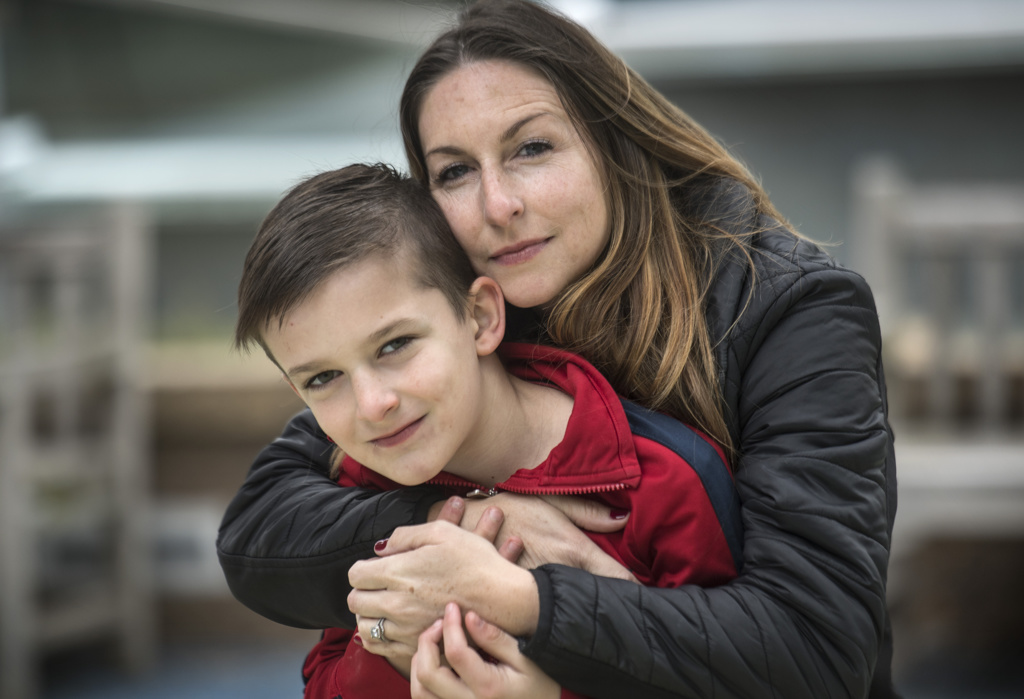
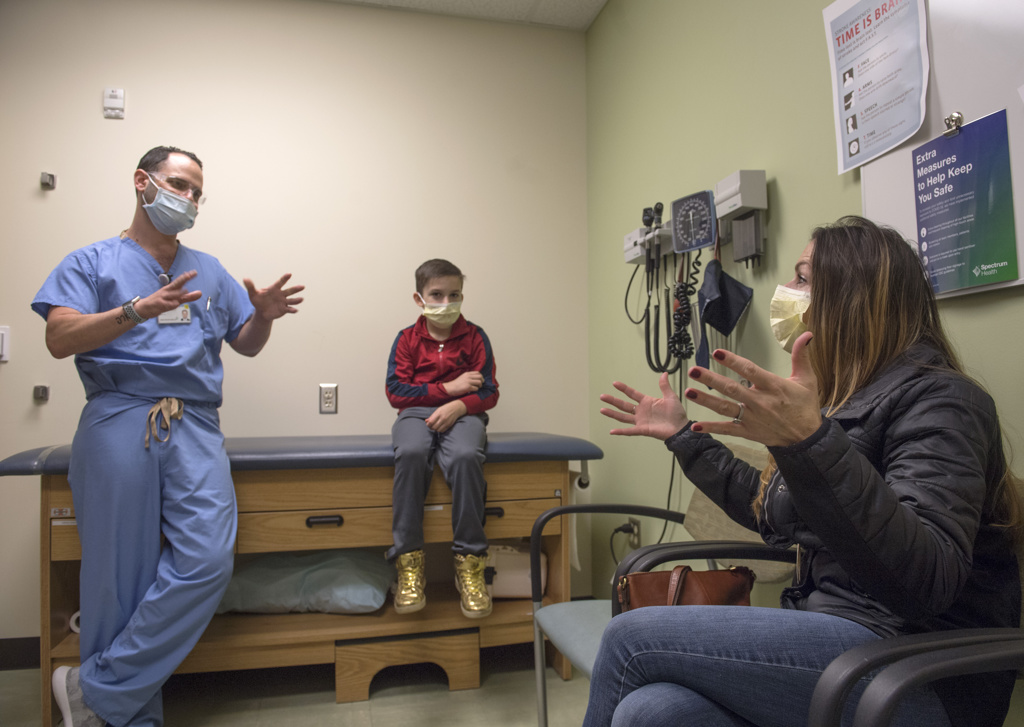

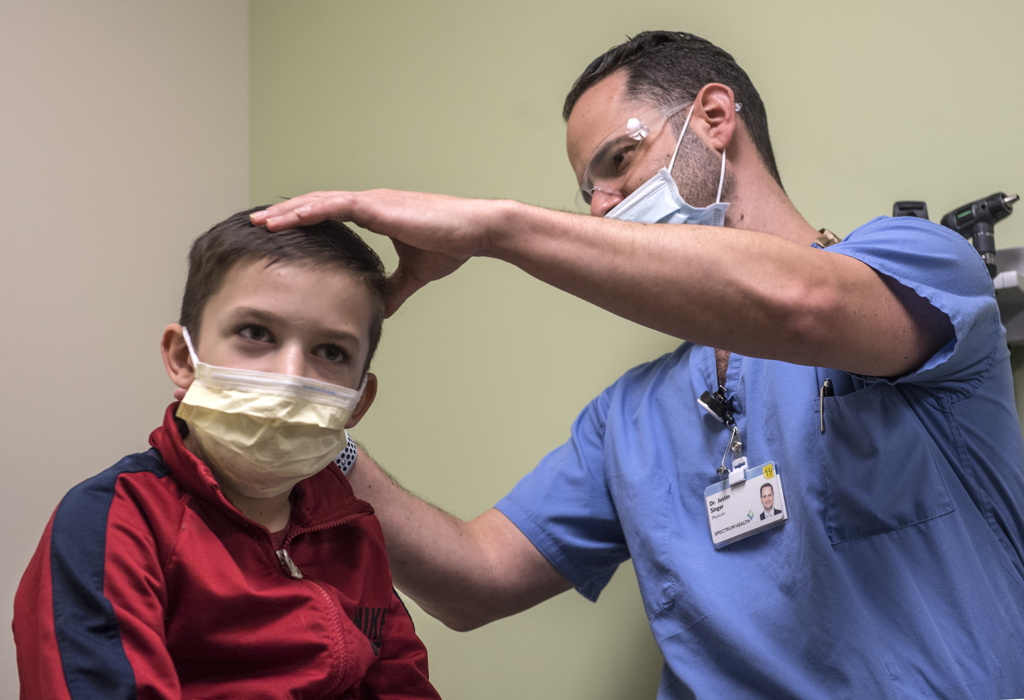
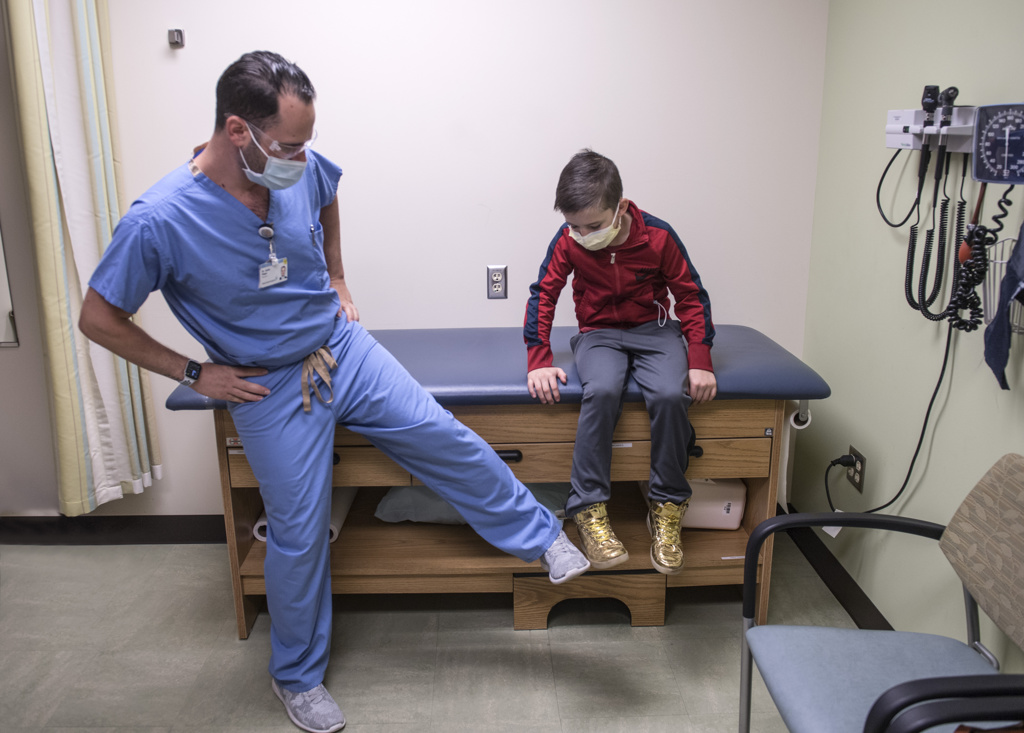
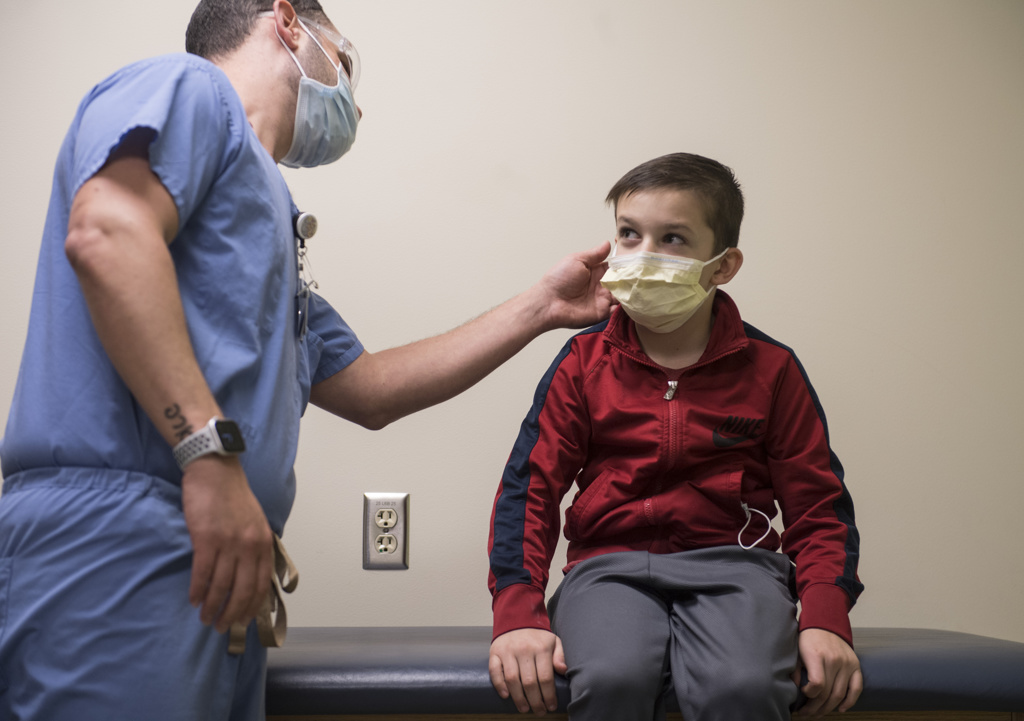

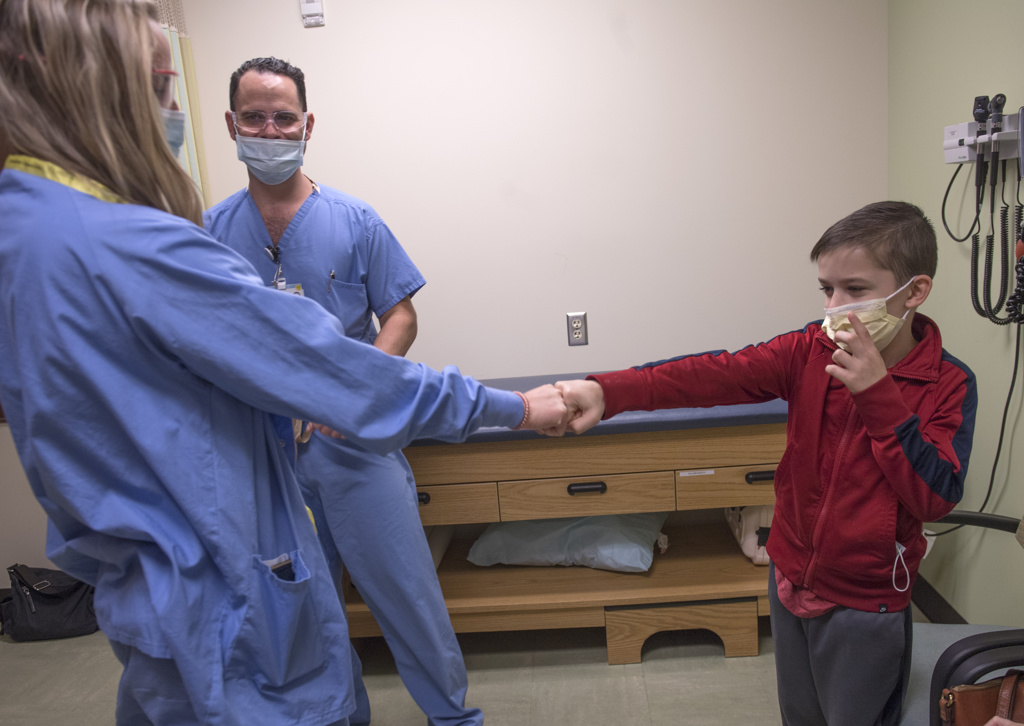


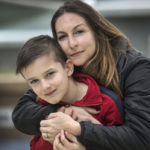
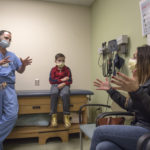
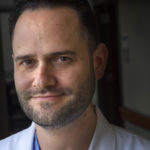
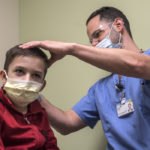

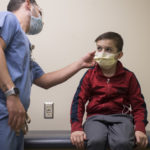




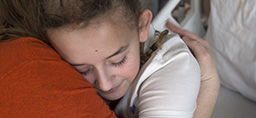 /a>
/a>
 /a>
/a>
 /a>
/a>